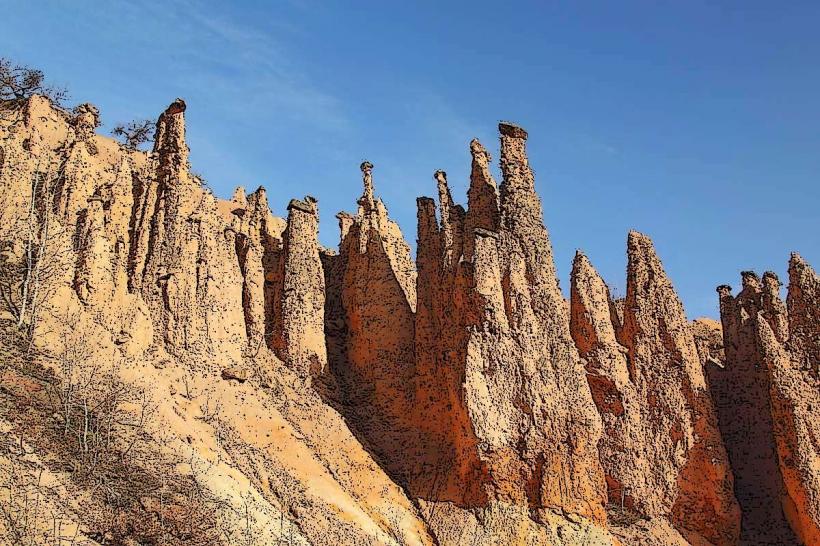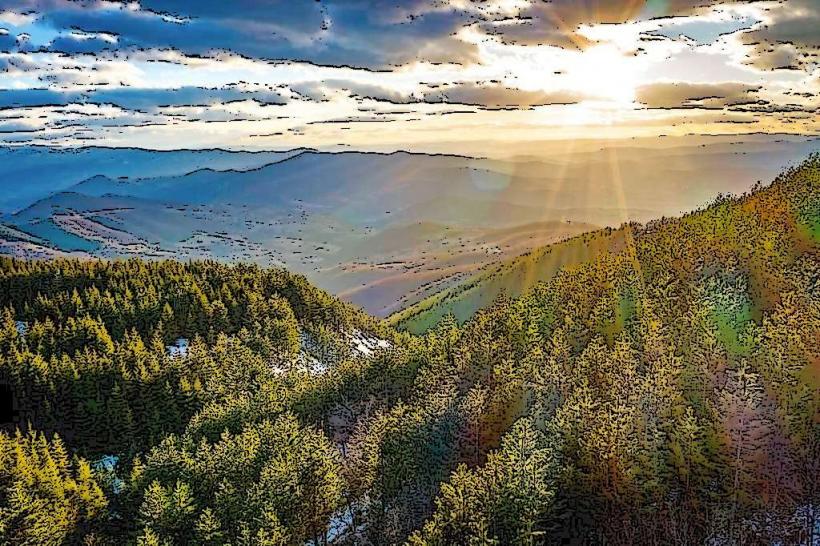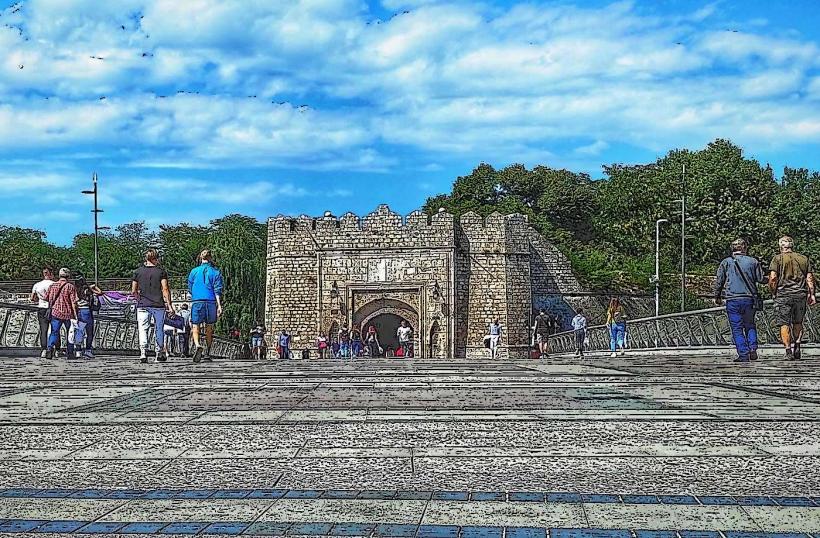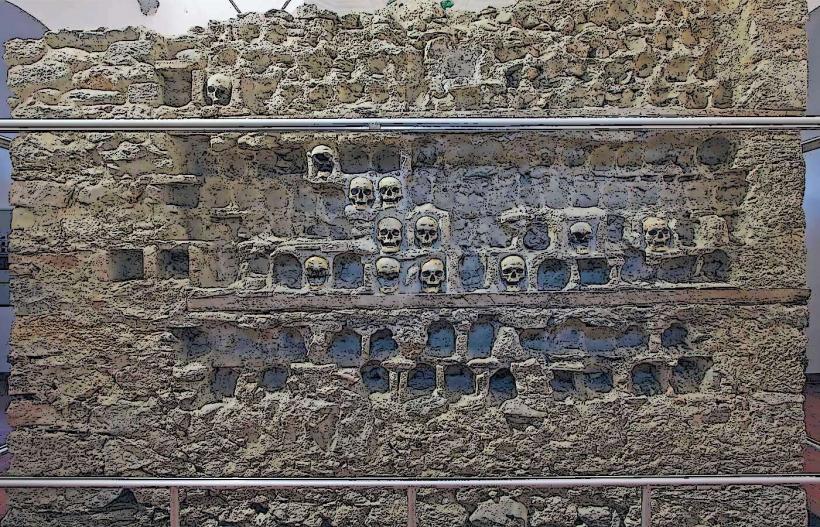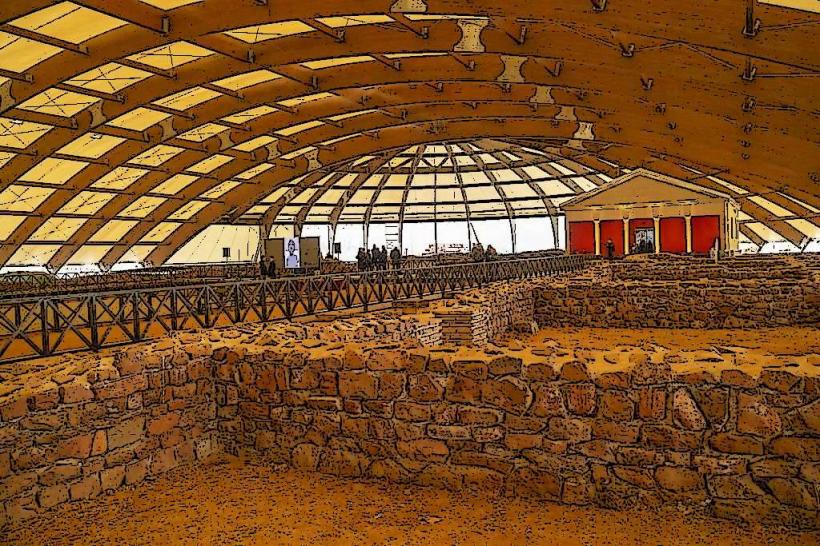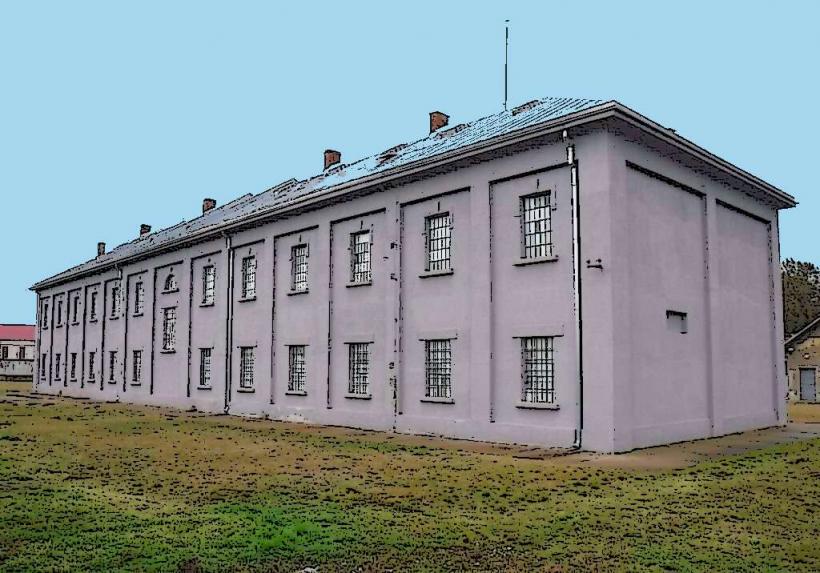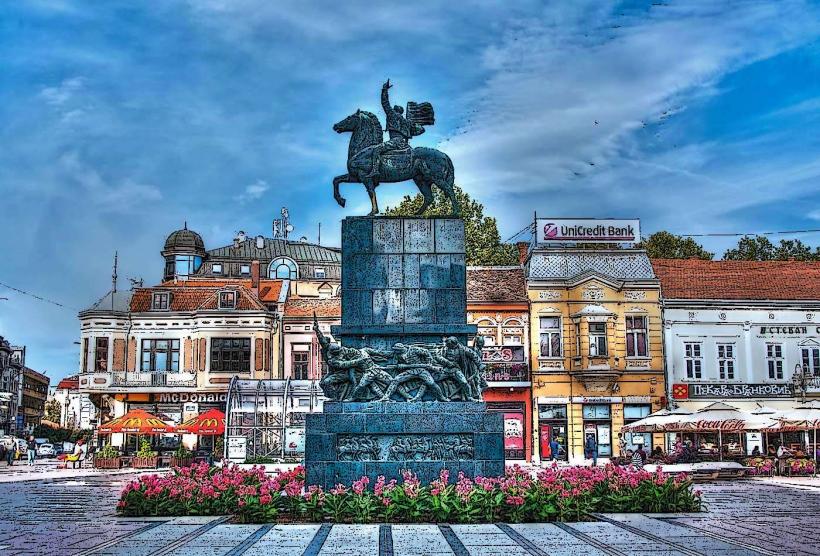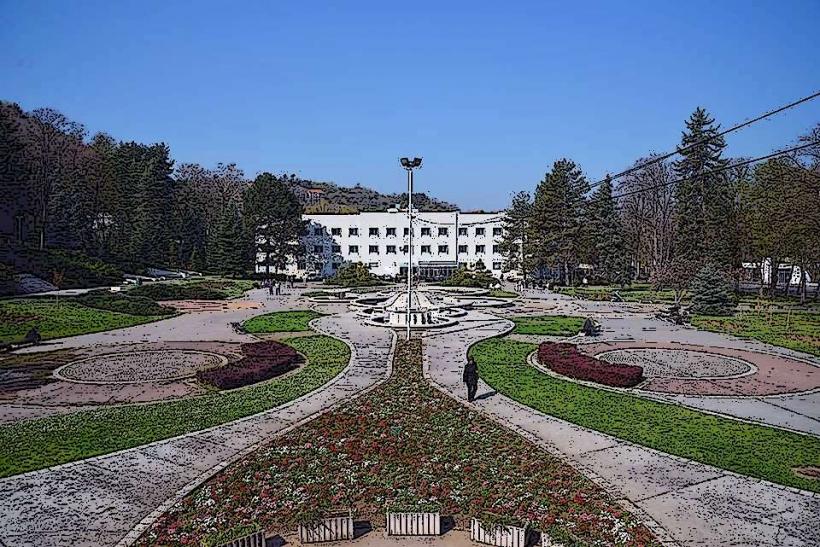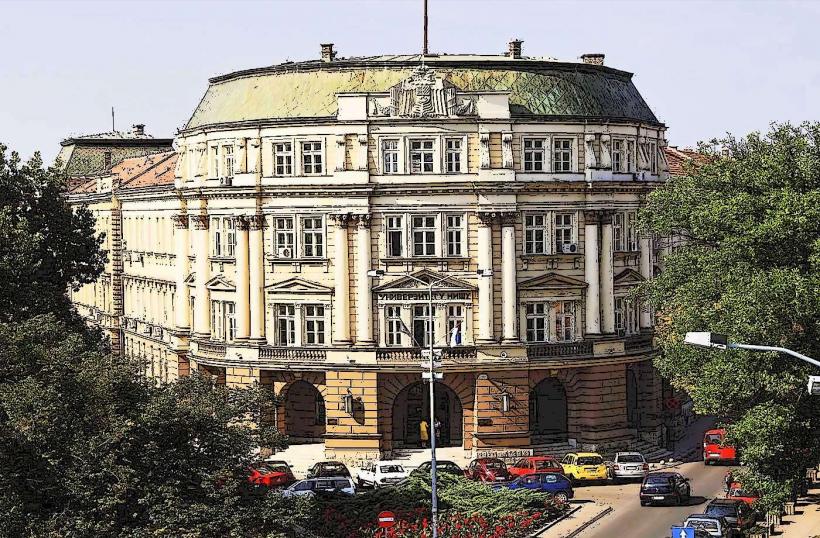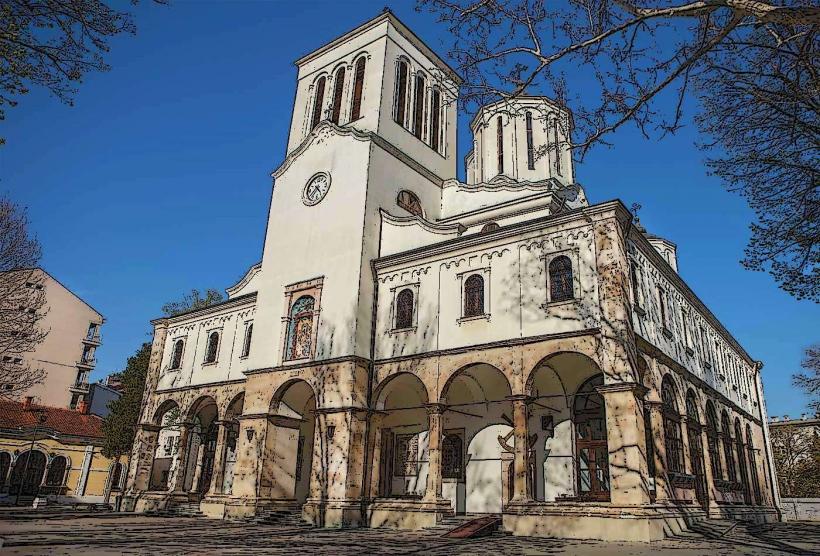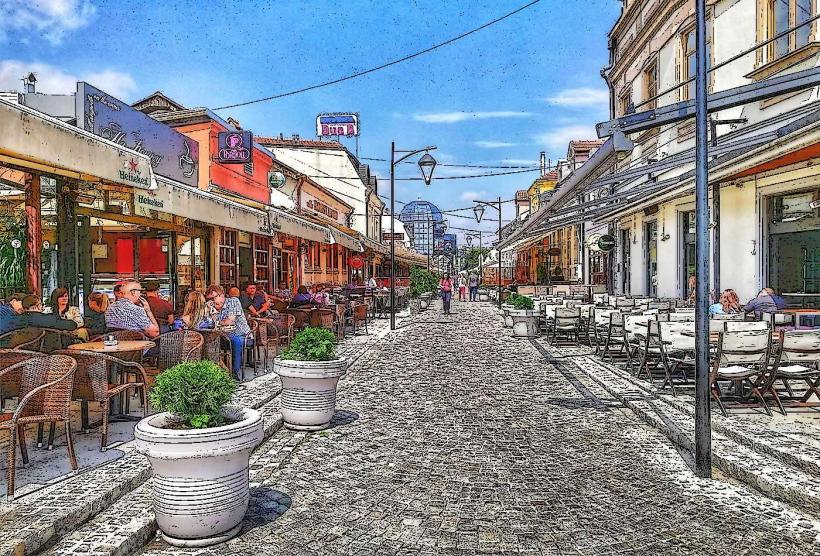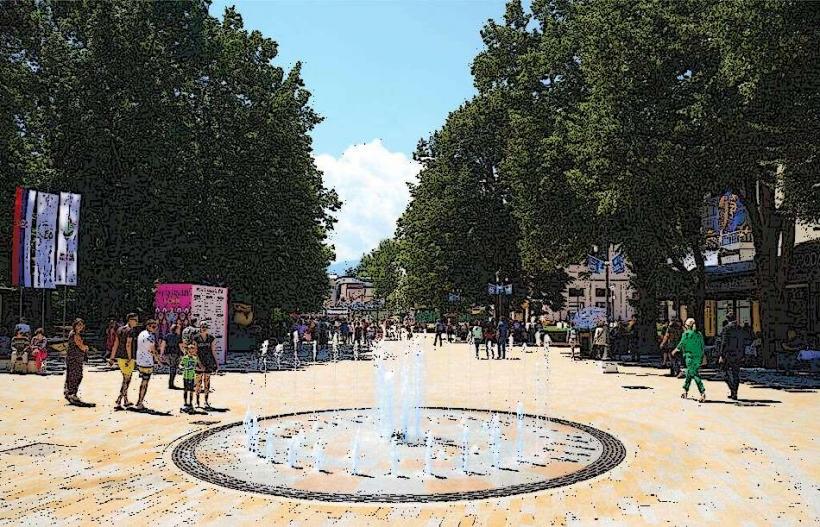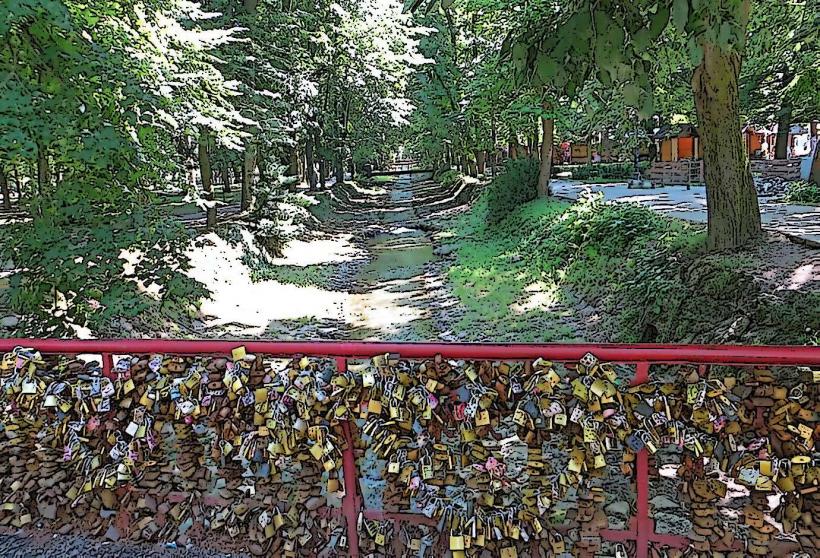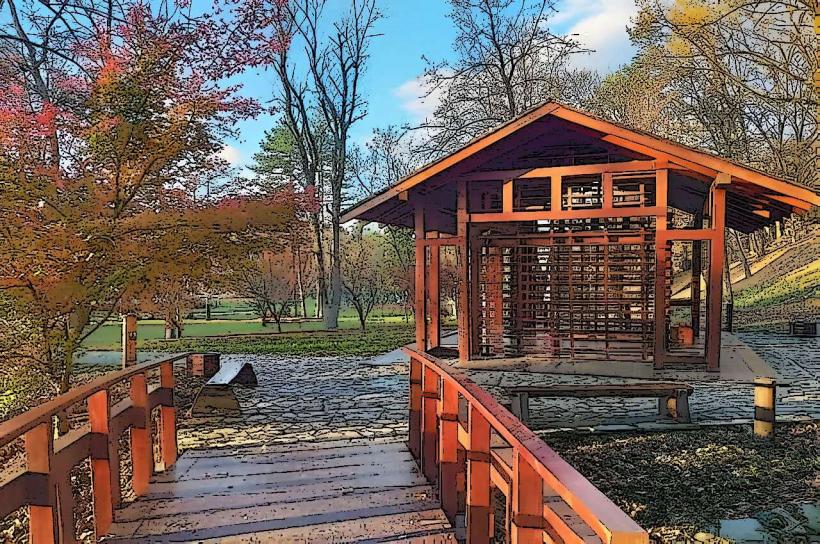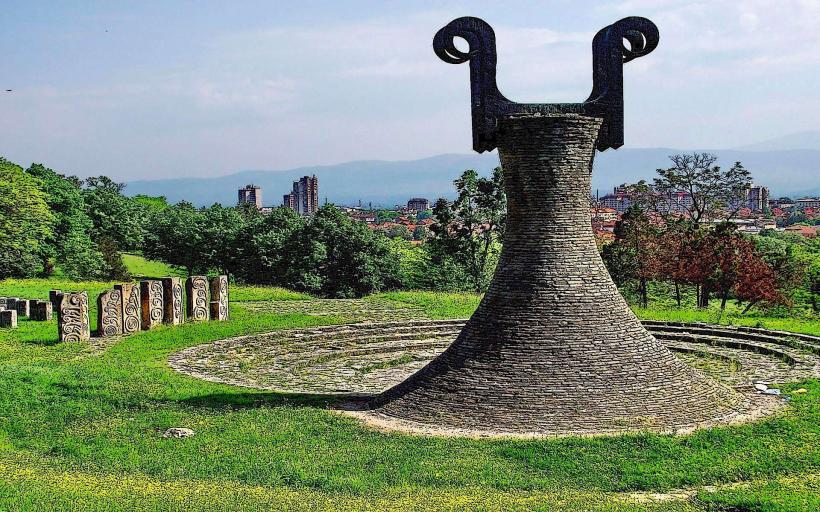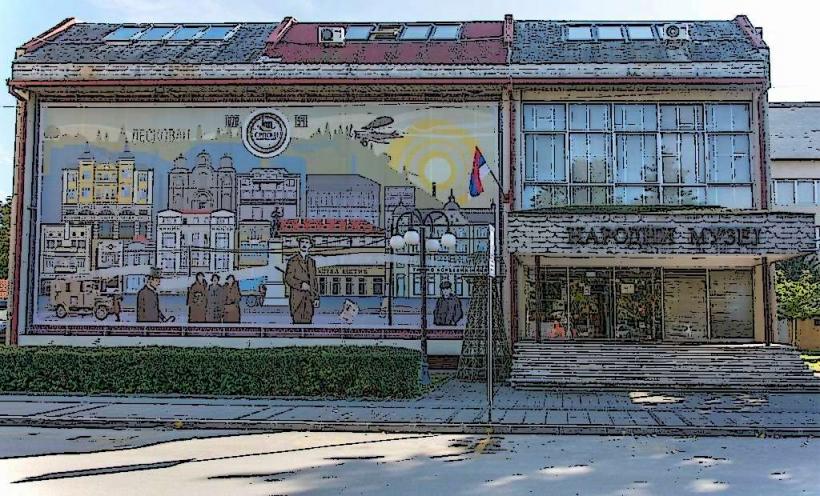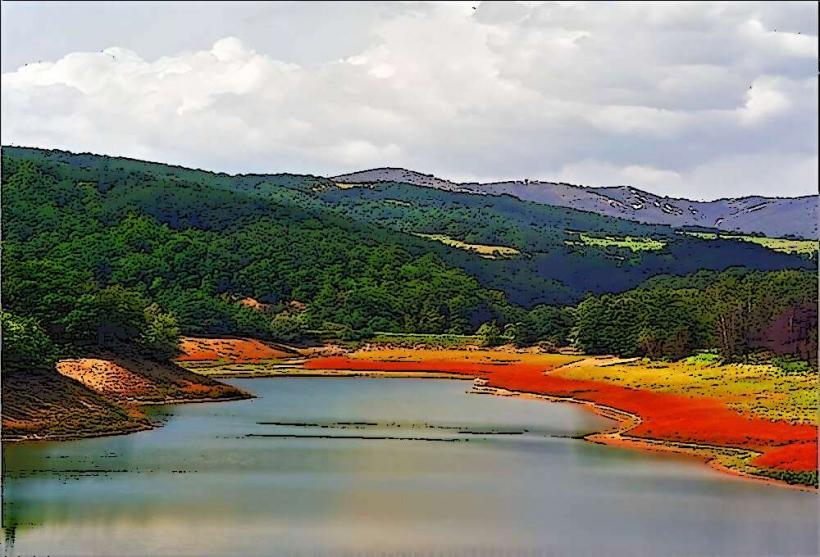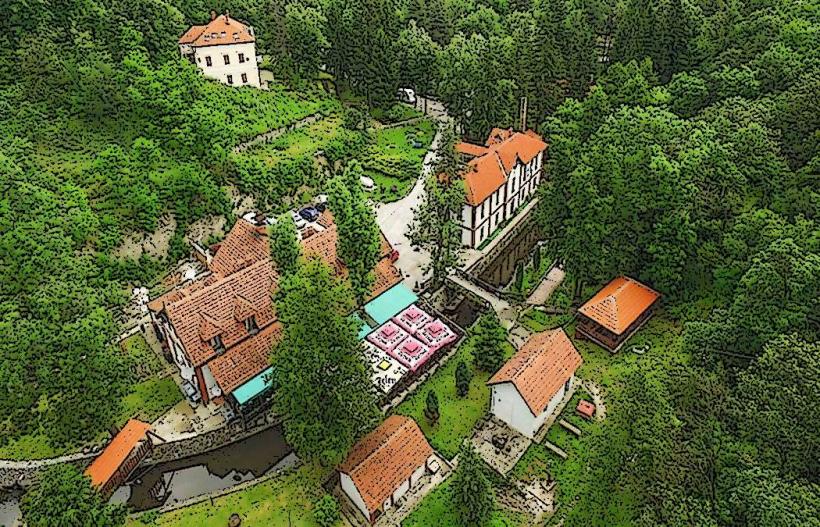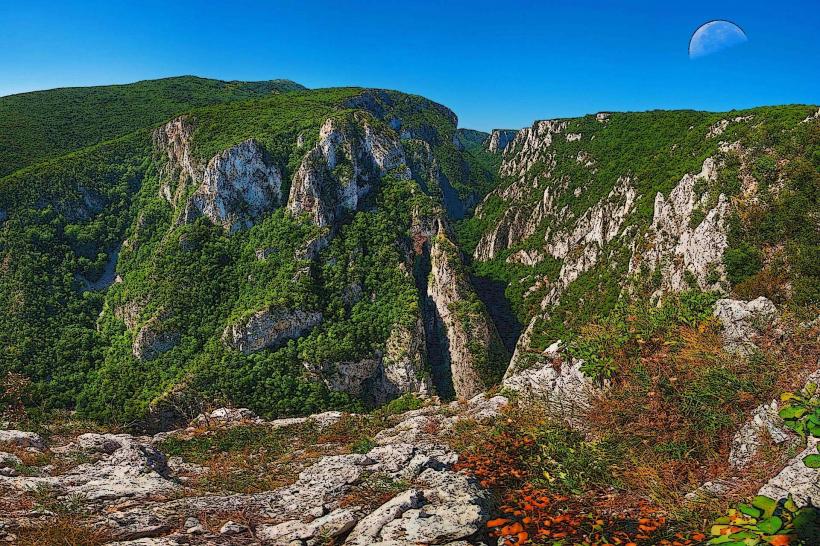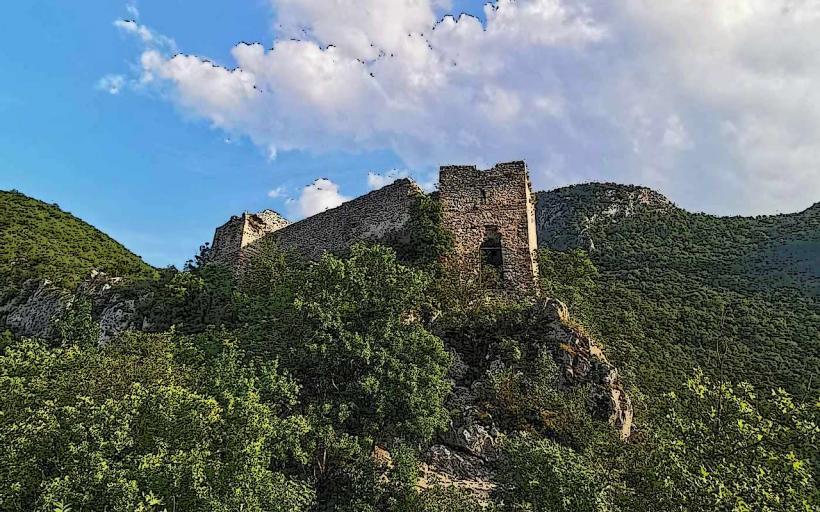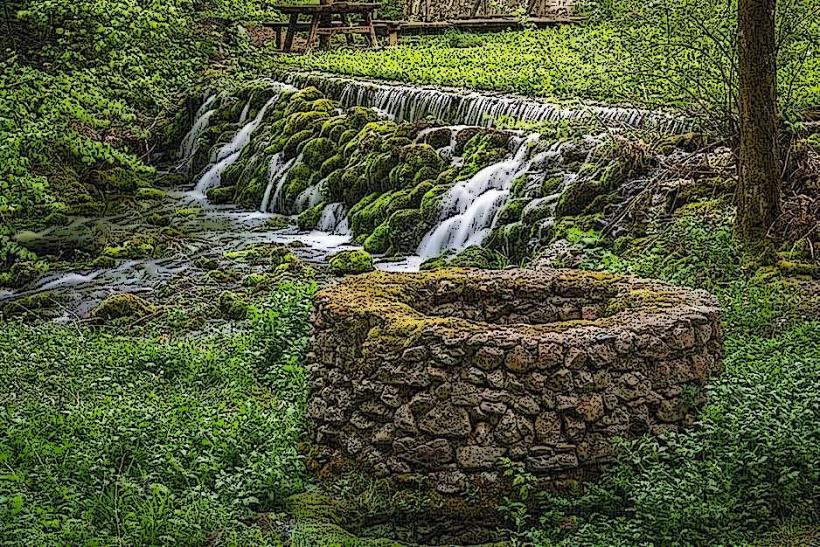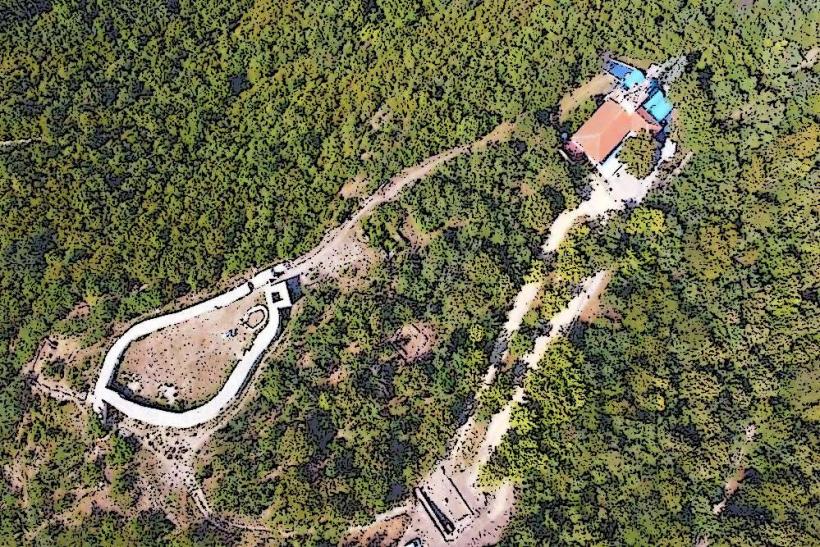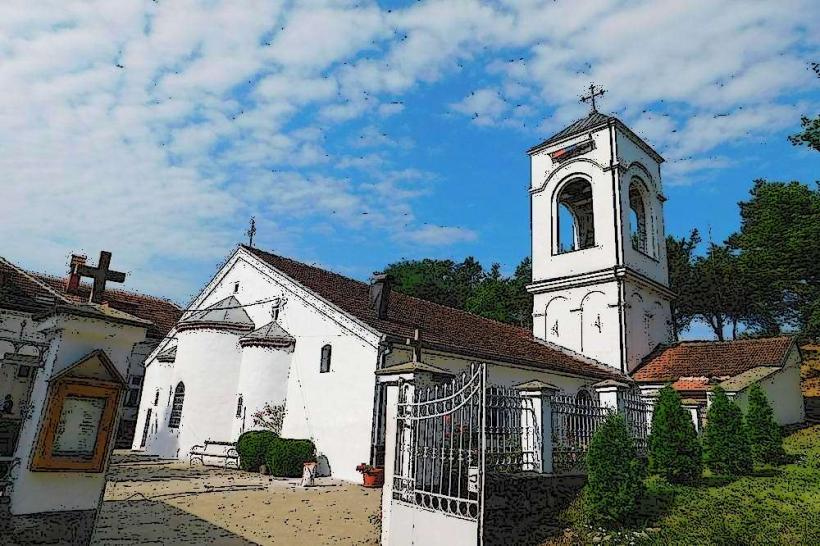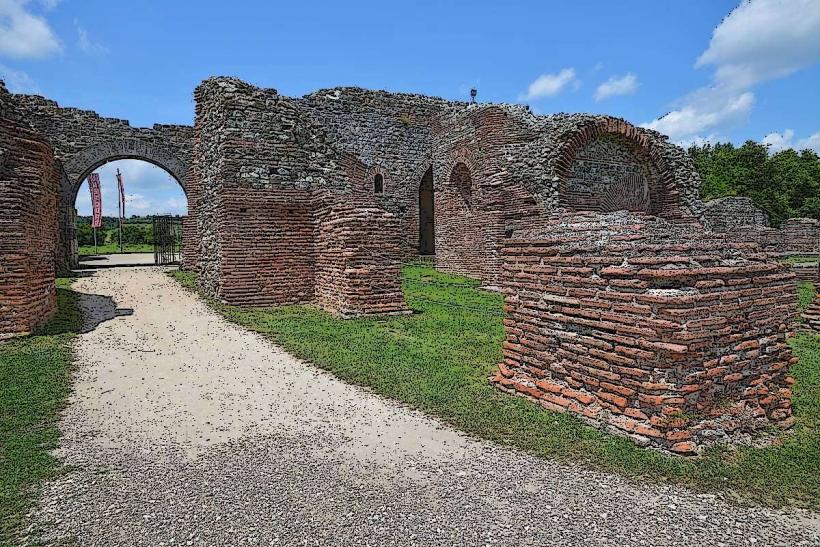Information
Landmark: Bubanj Memorial ParkCity: Nis
Country: Serbia
Continent: Europe
Bubanj Memorial Park is a significant historical and memorial site located in Niš, Serbia. It is dedicated to the victims of the Nazi occupation during World War II, particularly those who were executed by the Axis powers in the area. The park serves as a reminder of the brutalities committed by the occupying forces and honors the memory of the tens of thousands of innocent victims, especially Serbs, Jews, Roma, and partisans.
Historical Background
Nazi Occupation and Executions:
- During World War II, Niš, like much of Serbia, was occupied by the Axis powers, primarily Nazi Germany and Fascist Italy. The city became a center for mass imprisonment, forced labor, and execution of those deemed enemies of the Axis regime.
- The Bubanj execution site was one of the primary locations for mass executions of civilians, partisans, and ethnic minorities, including Jews and Roma, who resisted the occupation or were simply targeted for their ethnicity or political affiliations.
- The executions took place between 1941 and 1944 as part of the broader policy of repression by the Nazis in Yugoslavia. Niš itself was an important location for the Nazi authorities, with several concentration and internment camps operating in the region, including the notorious Red Cross Concentration Camp.
Mass Executions:
- The Bubanj site became infamous for its role in the execution of Yugoslav civilians. Thousands of victims were taken to this location, shot by German soldiers, and buried in mass graves.
- One of the most tragic and emblematic events was the execution of 10,000 prisoners by the Nazis between 1941 and 1944, particularly during the German repressions following the Yugoslav resistance movements. Among the victims were many Serbs, Jews, Roma, and anti-fascist fighters.
Bubanj Memorial Park Design and Features
Monumental Architecture:
- The park is most notable for its large memorial complex, which features a monumental structure dedicated to the victims of the executions. The design of the Bubanj Memorial reflects the sorrow and resilience of the Serbian people during this dark period.
- The central feature of the memorial is a series of three massive concrete fists, raised in the air. These fists symbolize the resistance, unity, and the fight for freedom of the people against the Nazi occupation. The monument’s bold and powerful design represents the strength and determination of those who fought against tyranny and oppression.
Mass Graves:
- The park is located on the site where many of the victims were executed. Mass graves were uncovered during the post-war period, and several of these graves are now part of the memorial complex. Visitors can pay their respects at these graves, which are marked with plaques and monuments to the victims.
- The graves are a somber reminder of the scale of the executions that took place at Bubanj, reflecting the atrocities committed during the war.
Museum and Educational Role:
- The Bubanj Memorial Park serves not only as a site of remembrance but also as an educational center. It is a place for visitors to learn about the Nazi occupation, the resistance movements in Serbia, and the suffering of the victims.
- The site includes informational panels and exhibitions that describe the history of the executions, the political context of the time, and the stories of the people who were killed. The park serves to educate the public, especially younger generations, about the importance of peace, freedom, and human rights.
Commemorations:
- Every year, on November 21st, the Day of the Victims of Fascism, the site hosts a memorial service to honor the memory of those who died in the Bubanj executions and the broader victims of Nazi persecution. The commemoration brings together local residents, officials, and survivors or their families to honor the memory of those who perished.
- Special events are organized to ensure the continued remembrance of the tragic past, and the park plays a central role in the collective memory of the people of Niš and Serbia.
Significance and Legacy
Symbol of Resistance:
- The Bubanj Memorial Park is an enduring symbol of the resistance against fascism. The concrete fists not only honor the victims but also commemorate the spirit of defiance exhibited by the people of Niš and Yugoslavia as they resisted the Nazi occupation.
- It represents the strength of those who fought for their freedom and the ultimate victory over the forces of fascism.
A Place of Reflection:
- The park offers visitors a chance to reflect on the horrors of war and the suffering of innocent people who were caught in the brutalities of the Nazi regime. It is a place of solemnity, where individuals can pay respects to those who lost their lives in the executions, and honor their sacrifice for the greater cause of peace and freedom.
Cultural and National Importance:
- Bubanj Memorial Park is a significant cultural landmark for the people of Niš and Serbia, reminding the nation of the atrocities of the past while also serving as a powerful reminder of the importance of preserving history to ensure that such tragedies are never repeated.
- It is a part of the broader effort to preserve the memory of the Second World War and the impact it had on the local population, and to ensure the continued education of future generations about the dangers of hatred, intolerance, and fascism.
Conclusion
The Bubanj Memorial Park is a significant site of historical and emotional importance in Niš, Serbia. It serves as a memorial to the thousands of victims who perished in the mass executions during the Nazi occupation, and it stands as a symbol of resistance, unity, and freedom. The park not only honors the memory of those who suffered but also provides an educational platform for future generations to learn about the atrocities of war, the importance of human rights, and the enduring fight for peace and justice.

